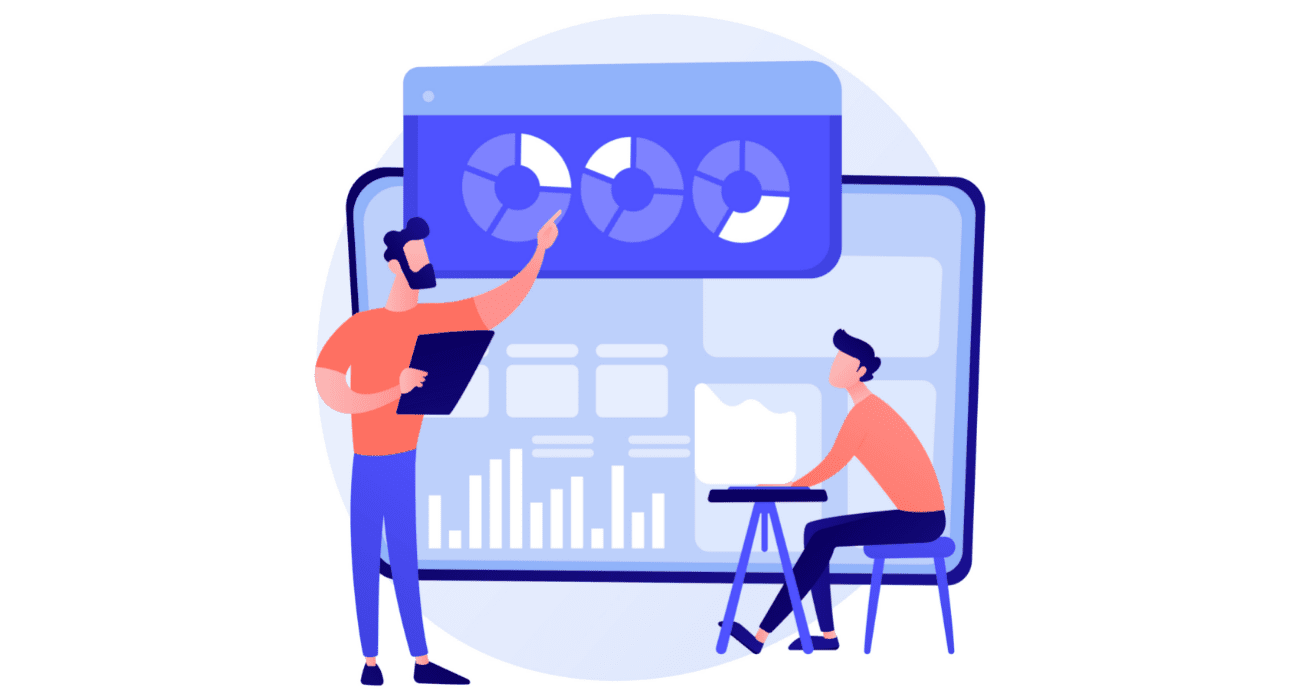The story of Black Friday goes all the way back to 1950, but the concept has changed several times since then. Today, the one-day sales bonanza has morphed into a four-day event, and even a full week event, and spawned other “retail holidays” such as Singles Day and Cyber Monday. It is not unusual that stores, both physical and digital, start their sales already in the beginning of November and continue more or less with discounts all the way until Christmas.
A Shift in Black Friday Consumer Behavior
However, in recent years, as consumers have become more environmentally conscious, many businesses have decided to boycott the Black Friday shopping hysteria.
According to Johan Sommar, Avensia’s Chief Strategist, there has been a shift in customer behavior during Black Friday in both physical and e-commerce shopping during recent years:
“Until recently, companies could piggyback on the whole Black Friday thing and increase sales. But now, they need a rather aggressive offer in order to attract both existing customers and new ones. It is not enough to present an OK offer or discount and think it will automatically generate high sales and traffic numbers. This also makes the whole question about Black Friday sales more important for most companies to decide on – all in or not at all“, he concludes.
Black Friday E-Commerce Trends in 2021
Many companies today have a very good grip on how to approach the Black Friday season. They are aware that their customers have a strong understanding of regular prices vs discounts, and if a company accidentally (or purposely) publishes a “dishonest” offer, consumers do not hesitate to tell the world through social media. Transparent and open customer communication is the key to success any time of the year, but it’s even more important during the Black Friday season.
Another trend we’ve seen in recent years is that consumers expect good shopping experiences to a higher degree than before, rather than just discounts. A few years ago, it was not uncommon that e-commerce platforms would crash when consumers rushed to the site. This alone was a special experience and not something that really harmed the company but rather intensified the Black Friday shopping experience.
But today there are close to no incidents as platforms perform better and up-time is usually 100%. Consumers are used to a flawless and fast buying journey and no longer accept delays or hiccups. Thanks to more solid systems, e-commerce businesses can avoid the “high-alert mode”, and employees can still focus on day-to-day tasks during the Black Friday e-commerce sales period.
Black Friday Performance 2021
On the whole, the sales associated with Black Friday and Cyber Week were more spread out in 2021, starting earlier and with smaller discounts. E-commerce still accounted for a large proportion of sales, due to the ease of finding and comparing deals, as well as the convenience of avoiding crowds. However, according to Adobe Analytics, both Black Friday and Cyber Monday sales figures were lower than in 2020. This trend is reflected in the analysis of Avensia’s customers, where the majority of the customers in this report showed lower figures in 2021 than 2020.
In our report, we grouped our customers into four segments;
- Beauty & Cosmetics
- Sports & Outdoor
- Fashion & Design
- Consumer Goods / Other
The report includes data from customers in various stages of e-commerce site maturity, both those who are long-lasting Avensia customers and those who have launched a new site with Avensia during the past year. We’ve also included customers where Avensia solely acts as a strategic advisory partner. Furthermore, the report focuses on retail customers within both B2C and D2C where the Black Friday concept is mainly used.
Remarkable Outcomes
In the Beauty and Cosmetics segment, it appears that there was something of a shift back to in-store beauty shopping. The total user counts on the websites were more or less the same during the black Friday month (November) compared to last year’s same period. However, the increase from average months to November regarding web traffic increased by approximately 70%.
Sports and Outdoor retailers fared well during the Black Friday period. The average numbers from Avensia’s customers show no remarkable change in traffic and other KPI’s for November compared to average months or compared to 2020. However, returning visits increased most within this segment in November 2021. Sports and outdoor equipment is one of the top three categories where social media has a big influence on sales, not least for Millennial shoppers.
Within the Fashion & Design segment, we saw an astonishing traffic loss compared to last year’s Black Friday period, approximately 63%!
Another trend became clear within this segment. Fashion orders placed through buy-now, pay-later(BNPL) were up 35% year-on-year.
Globally, in the Consumer Goods / Other segment, customers faced more potential for disappointment in this category due to supply chain problems. There was also something of a divide between big-name retailers and small independents with many of the latter choosing to boycott Black Friday. The conversion rate actually decreased during the Black Friday period compared to average months for our customers in this segment.
Get all the KPI results from each segment and global stats in our report!


Thanks admin,
Nice post.